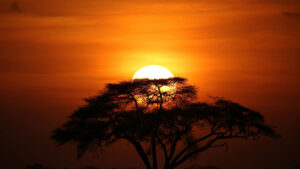
Tanzania Safari Advice:10 Things You Must Know Before You Go
Table of Contents 10 Tips for an Unforgettable Safari with Kili Quests | Tanzania Travel Guide A Tanzania safari is more than just a
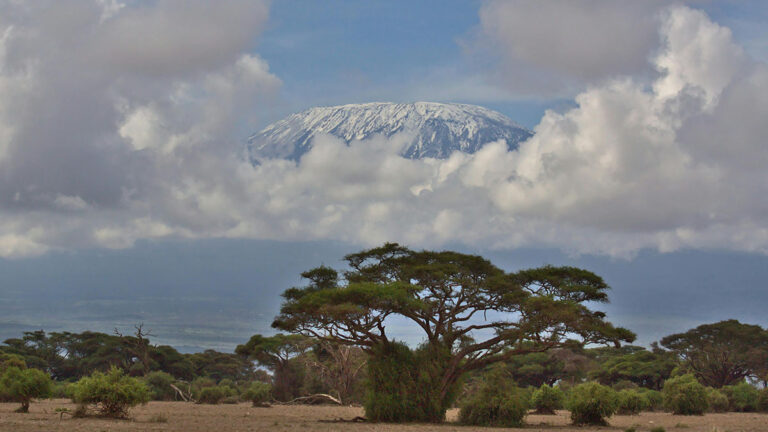
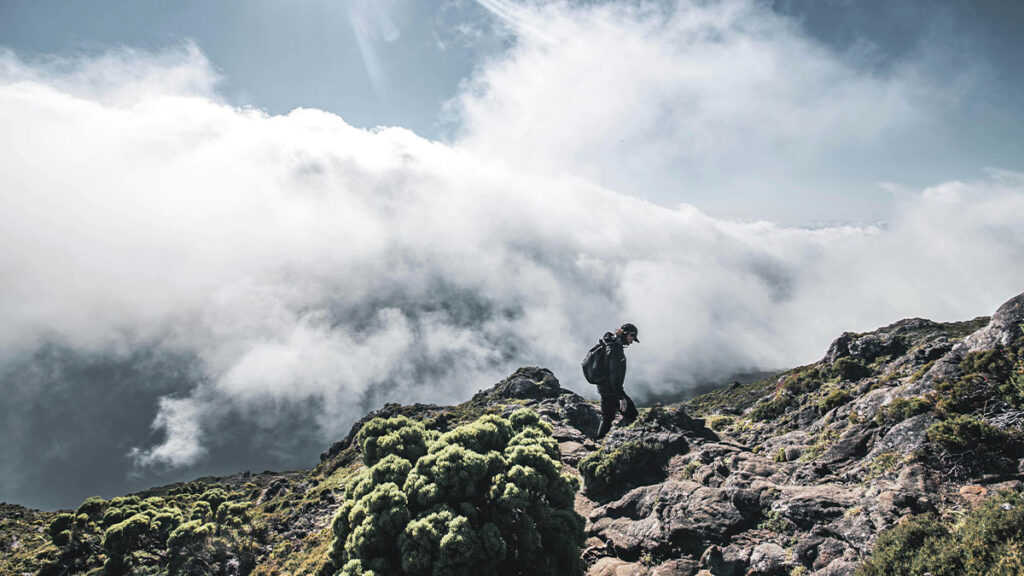
Tanzania’s mountains offer spectacular views, rich ecosystems, and unforgettable summit moments — but only if you’re prepared for the weather.
Book your adventure today with Kili Quests Contact us for route advice, weather planning, and expert guidance Come prepared, and summit with confidence

Table of Contents 10 Tips for an Unforgettable Safari with Kili Quests | Tanzania Travel Guide A Tanzania safari is more than just a
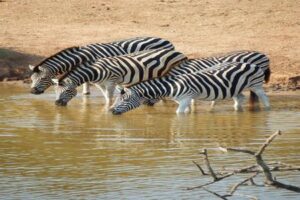
Table of Contents Embark on an Unforgettable Safari with Kili Quests: Book Your Dream Adventure Today Ready to experience the wild beauty of Tanzania’s
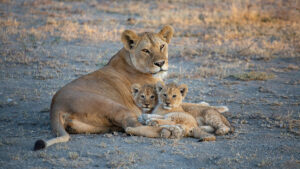
Table of Contents Best Time for Safari in Tanzania: Seasons Explained | Kili Quests Tanzania is home to world-renowned safari destinations like the Serengeti,
@2025 Kili Quests. All rights reserved.